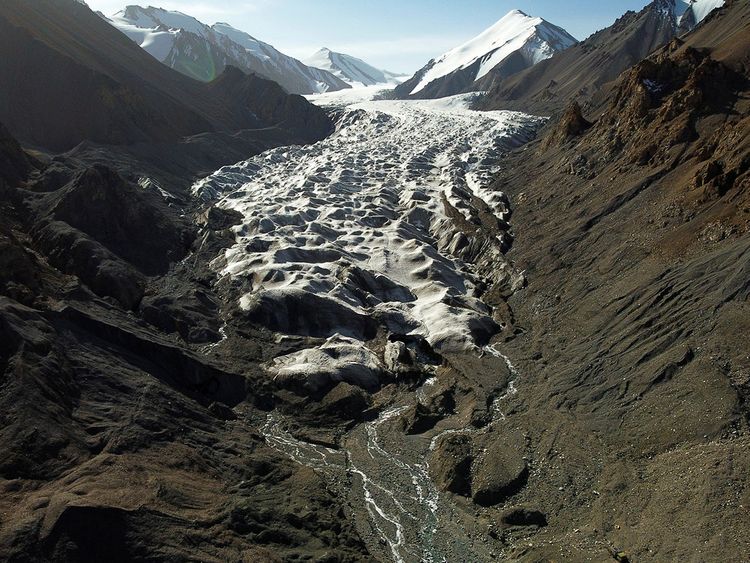
BEIJING: Glaciers in northern China’s Qilian Mountains have been disappearing at a breakneck pace. The largest glacier, known as Laohugou No 12 in the 800 kilometres long mountain chain, has retreated about 450 metres since the 1950s. The 20 square km glacier has shrunk by about 7 per cent in the last seven decades. Scientists have noted that the melting has accelerated in recent years. Global warming has acted as the main reason behind the melting and changes in weather patterns leading the range towards disappearance.
Due to the rise in temperatures in the area, there has been a loss of about 13 metres of ice thickness. Qin Xiang, Director at the monitoring station, said, “The speed that this glacier has been shrinking at is shocking.” The mountain range is located in the Tibetan Plateau which is also known as the world’s Third Pole for the amount of ice locked there. Qin added that the average temperature in the plateau has risen by about 1.5 degrees Celsius and with no sign of an end to global warming, the future of 2,684 glaciers in the Qilian range looks very grim.

